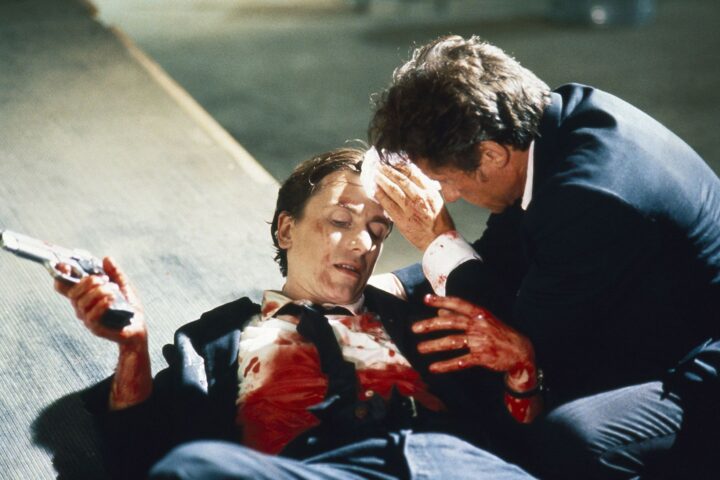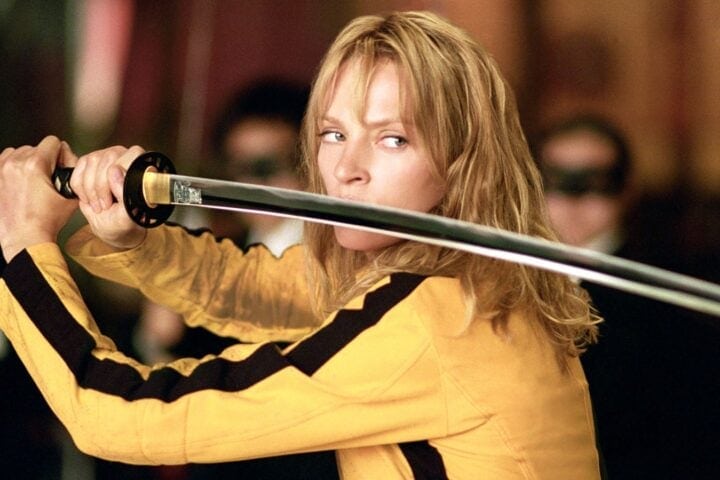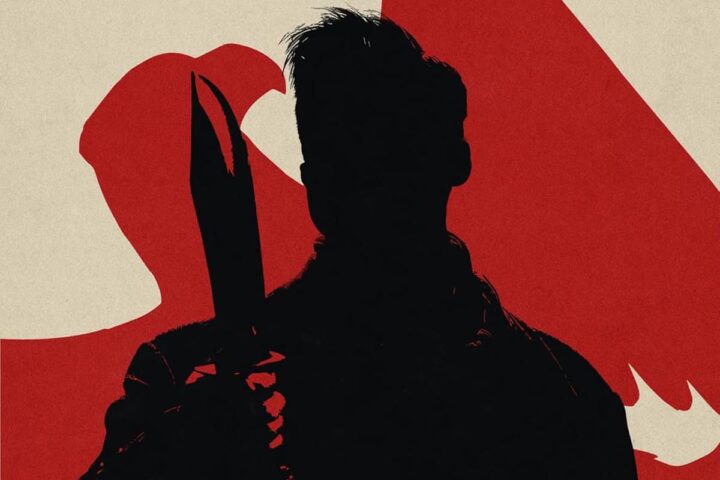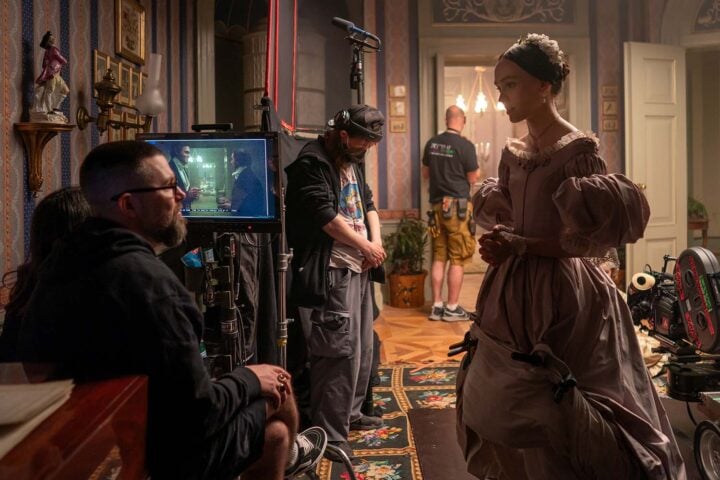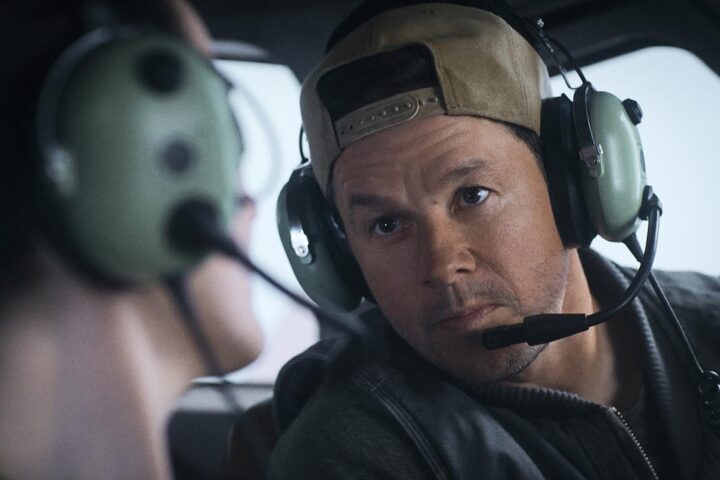During the Christmas season of 1997—still hot from Pulp Fiction and a media blitzkrieg that might make a Kardashian blush—Quentin Tarantino dropped the hipster video-clerk attitude and made a “late” movie way ahead of his years. Tarantino was only 34 when Jackie Brown was released, and yet this is a film that’s quite persuasively about the pain and mixed blessings of aging. Correspondingly, Tarantino slowed down his approach to filmmaking, prioritizing lived-in textures over the shock and awe that marks the violence of his earlier work.
The difference in sensibility between Pulp Fiction and Jackie Brown can be encapsulated by two respective scenes in cars. In the former, a young man getting his head accidentally splattered against a rear window is treated by Tarantino as comedy. And it is funny, as another display of Tarantino’s brash insistence that moral posturing isn’t a concern of his. Like an ugly rape earlier in the film, this scene is played out in very bad taste and happens because Tarantino wants it to. This is the appeal of Tarantino’s early work for those who aren’t rubbed the wrong way by certain sociopolitical implications: It elevates its creator to a rock star who seems to do whatever the hell he wants, regardless of political correctness. It was a different time, kids.
In Jackie Brown, a gun runner named Ordell Robbie (Samuel L. Jackson) pays a nighttime visit to a low-level crook, Beaumont Livingston (Chris Tucker), that he just bailed out of the clink. Ordell tells Beaumont that he needs him to lie in the trunk of his car with a shotgun for a meeting with new associates. The foundation for this scene has been set expertly by Tarantino, and so we have a good idea that Beaumont isn’t much longer for this world. This long and funny and absorbing conversation before the kill, a specialty of Tarantino’s, initially plays to the sort of expectations that Reservoir Dogs and Pulp Fiction have set for this filmmaker as a master of volcanic genre payoffs. But the punchline is different this time.
With Beaumont tucked in the trunk, Ordell settles into his car and gets his music going, the Brothers Johnson’s “Strawberry Letter 23” lending the moment a spellbinding sense of doom. And Odell does something unforgettable here: He looks through the back of his car, considering Beaumont, and smiles. Ordell is a smoothie taking a moment for himself to savor how he’s about to kill this flakey rat who’s beneath his contempt. It’s a moment of magisterial evil that lingers much longer than many of the shock effects of Pulp Fiction, and the next beat is even better.
To the strains of the Brothers Johnson’s song, Ordell is seen in a long shot driving the car around the block and behind a building, where he unceremoniously opens the trunk and shoots Beaumont dead. We see very little, but the casualness of Ordell’s bloodshed and the matter-of-factness of Tarantino’s staging of it are chilling and, yes, even funny.
Many scenes in Jackie Brown have such a richness of texture, as Tarantino prioritizes the space his characters occupy over gimmickry. In fact, he overcorrects, as Jackie Brown’s crime plot, on loan from Elmore Leonard’s novel Rum Punch, is slowed to a crawl here and surprisingly dull. It involves the efforts of a broke and middle-aged airline stewardess, Jackie Brown (Pam Grier), and a bail bondsman, Max Cherry (Robert Forster), to steal a half million dollars from Ordell, while freeing Jackie from charges levied by the ATF, represented here potently by Michael Bowen and Michael Keaton. The intricacies of the theft, involving the switching of a shopping bag, aren’t so complicated, and yet Tarantino devotes an hour of his 154-minute running time to telling us about it, staging it not once but twice, and from multiple perspectives.
But that hardly matters, as the emotional story between the lines of the genre business delivers. Jackie Brown serves as a more empathetic kind of spirit sequel to movies like Jack Hill’s Coffy and Foxy Brown, with the guy from Haskell Wexler’s Medium Cool and Lewis Teague’s Alligator in tow, in which the vulnerability of no longer being a B-movie goddess is utilized as a more universal symbol of how middle age tenderizes many of us.
Forget Tarantino’s baggage. Jackie Brown is a vulnerable movie from a mainstream American filmmaker of any generation, especially at a time when stars are required more than ever to behave as if they don’t age. When Jackie and Max sit in her apartment and poignantly talk about her broadening backside and his thinning hair, they’re having the sort of normal conversation, between two working-class and battle-weary adults, that rarely happens on screen.
Tarantino’s awe of Grier is particularly becoming, seemingly humbling him. He’s alive to her in a way that’s rare of male filmmakers toward women, especially if the women in question happen to be north of 40. Grier is beautiful and still very sexy, but Tarantino’s gaze upon her isn’t puerile. And that awe is well-placed: Grier still has the ferocity of Foxy Brown, only projecting a vaster sense of life experience. Her Jackie is goddess and every-woman simultaneously, and Grier’s timing opposite the film’s other actors could draw blood.
Forster got most of the kudos for the film, and he offers a master class in showing rather than telling. Max’s attraction for Jackie is painted in fleeting looks of appreciation and longing, and complemented by line deliveries that show Max trying to hide his emotions. Forster offers an iconic embodiment of the notion of settling in middle age into a companionable loneliness only to be blind-sided by love in the middle of the night, and in jail of all places.
The insight of Jackie Brown, and it’s very much an Elmore Leonard kind of insight, is that heroes and crooks are united in these feelings of vulnerability. There’s a scene between Ordell’s potential partner, an aging bank robber, Louis (Robert De Niro), and one of Ordell’s kept women, Melanie (Bridget Fonda), that’s as poignant and revealing as any moment between Jackie and Max. Shooting the shit, Melanie tells Louis about the pictures in her apartment, and her descriptions become a glance at a youth that was spent pleasing older men. This is among the finest scenes of Tarantino’s career, laced with regret and evasion, and yet it’s staged so crisply and casually that these dimensions might not hit you until later. Much of Jackie Brown hits you on the rebound, which is why it took a while for it to get the respect that it deserves.
Samuel L. Jackson’s efforts here seem to be as underrated as Tarantino’s were, at least initially. The superstar to be, a charismatic figure who, let’s face it, often gets by on shtick, isn’t in evidence here, or at least isn’t crowding out Jackson the character actor. Jackson’s Ordell is a full-blooded creation, with irresolvable mixtures of cruelty, stupidity, and cunning, even likeability. Jackson’s body language, underscored by Ordell’s impeccably cool and resonant wardrobe, is frequently priceless, whether he’s curling himself up like a contented snake in Max’s office or stewing in his fury once Jackie’s scheme has become clear to him. In that scene, Jackson holds you with the back of his head.
Jackson and Forster’s performances benefit from the slyest and subtlest racially themed writing to ever be found in a Tarantino movie. In an early scene, Ordell asks about a picture of Max fishing with a friend and employee who’s Black and quite large and muscled and intimidating. Ordell asks whether they’re friends or whether the man works for him, and when Max says that they’re both, Ordell emphasizes the color and power dynamic of their relationship, saying that he bets it was Max’s idea to take that picture. It’s a stinging observation, reveling in how racial tensions quietly inform everyday life. The scene also establishes that Ordell, beneath his sometimes misleading peacocking, is sharp and formidable. Little lines like this bob up in Jackie Brown, showing a Tarantino that seems to be trying to push past glibness.
And then Jackie Brown would be shrugged off by audiences and some critics, at first, and Tarantino would go on to make more genre-fusions on bigger budgets that suggest on the surface a rejection of the kind of character study that Jackie Brown embodies. But the story isn’t that simple, and never has been. Just as Reservoir Dogs and Pulp Fiction had moments of vulnerability that seemed to anticipate the soulfulness of Jackie Brown, future films like Inglourious Basterds and especially Once Upon a Time…in Hollywood are animated by moments of nostalgia and yearning that show that Tarantino the naughty boy will never be rid of Tarantino the wounded sentimentalist, and vice versa.
Jackie Brown is now available on Lionsgate 4K UHD Blu-ray.
Since 2001, we've brought you uncompromising, candid takes on the world of film, music, television, video games, theater, and more. Independently owned and operated publications like Slant have been hit hard in recent years, but we’re committed to keeping our content free and accessible—meaning no paywalls or fees.
If you like what we do, please consider subscribing to our Patreon or making a donation.


